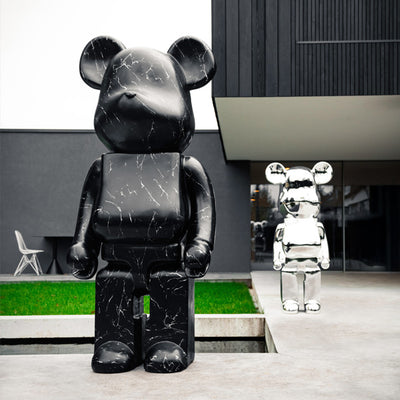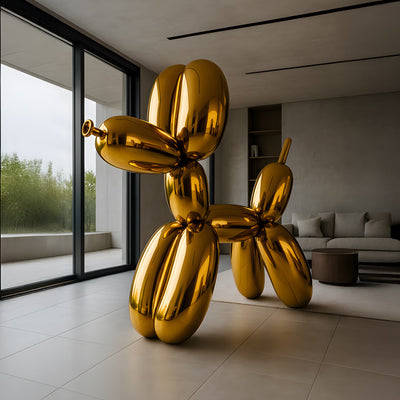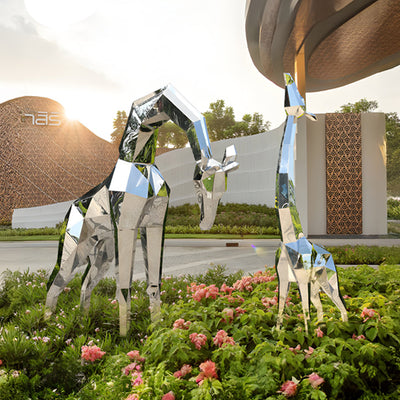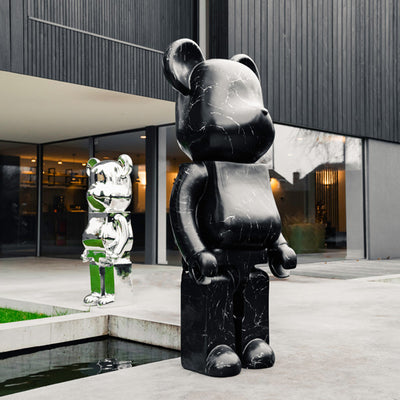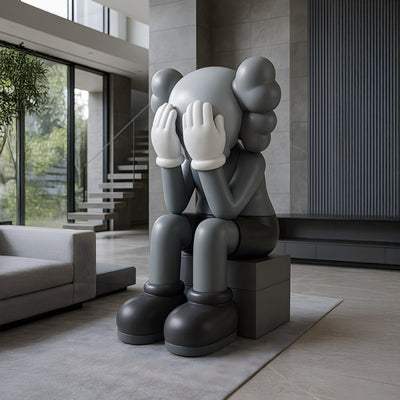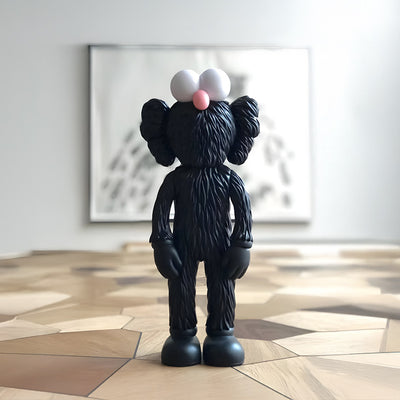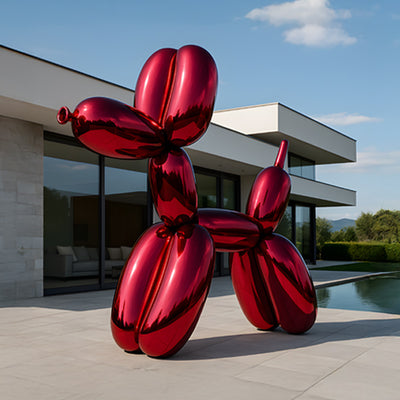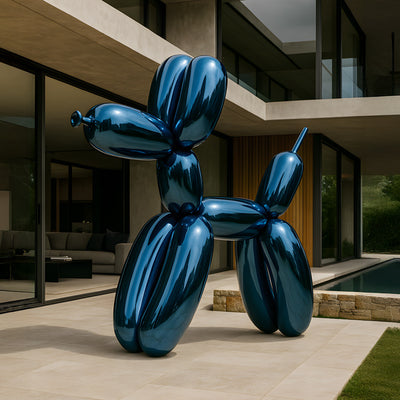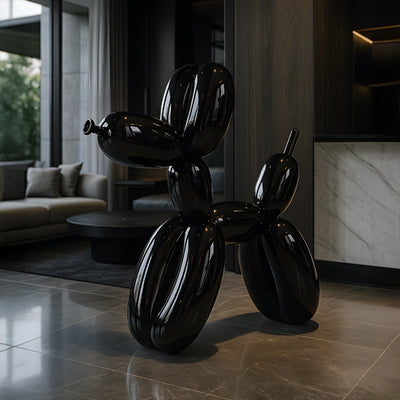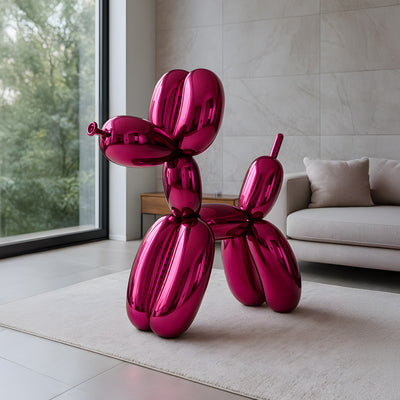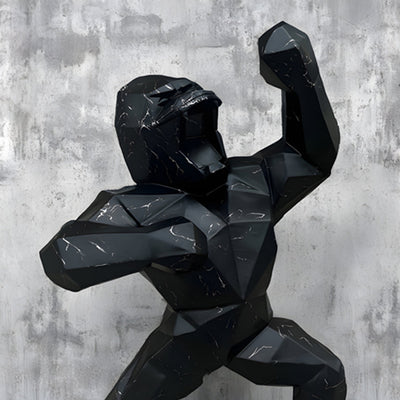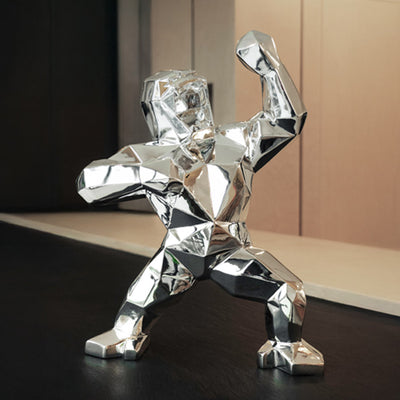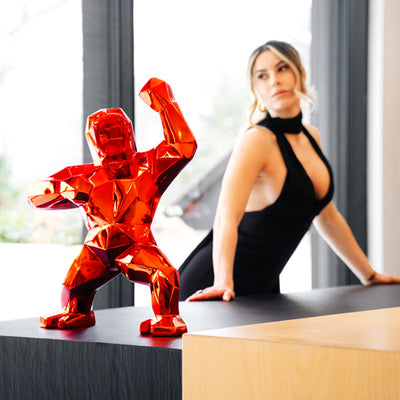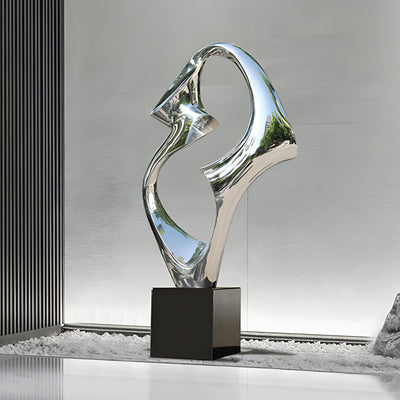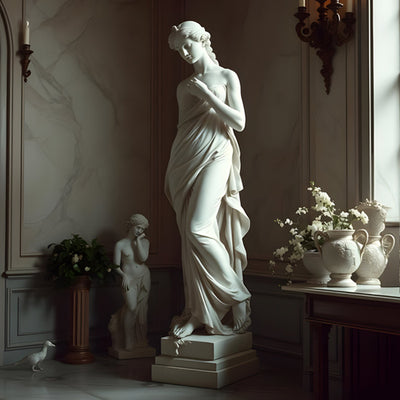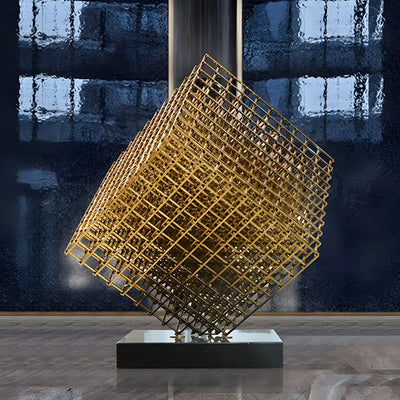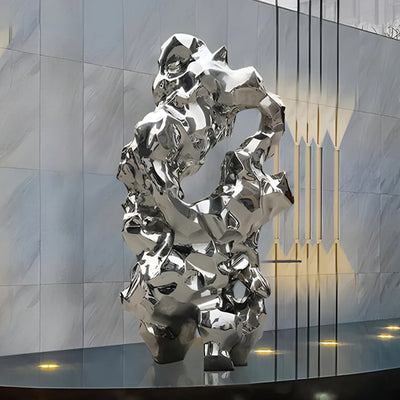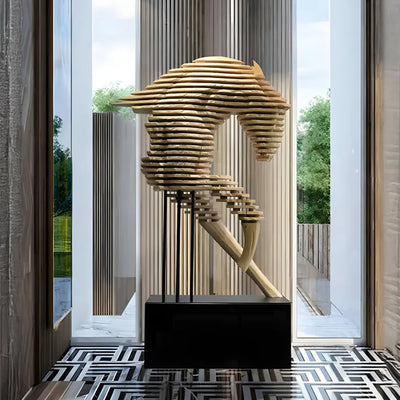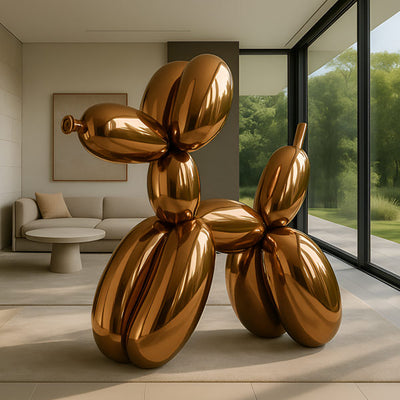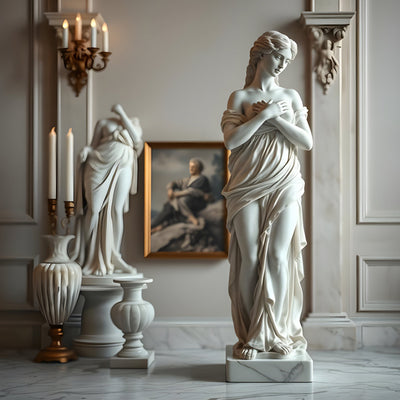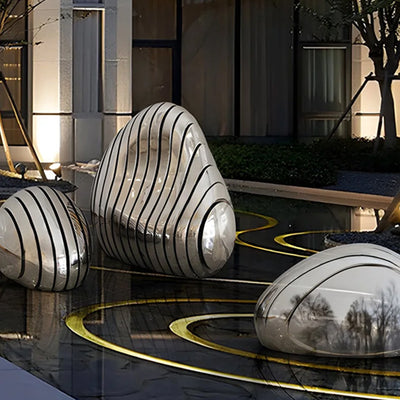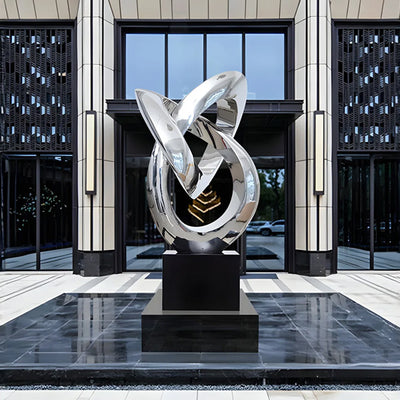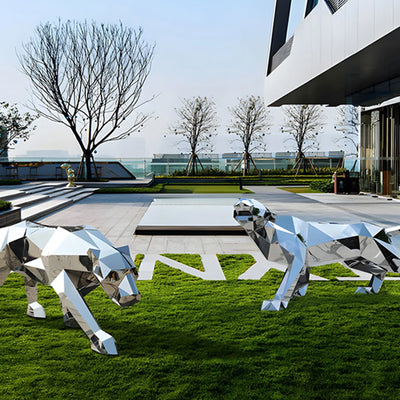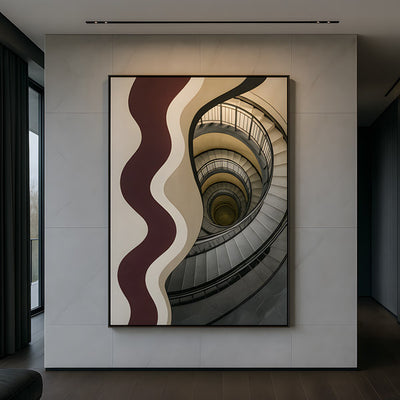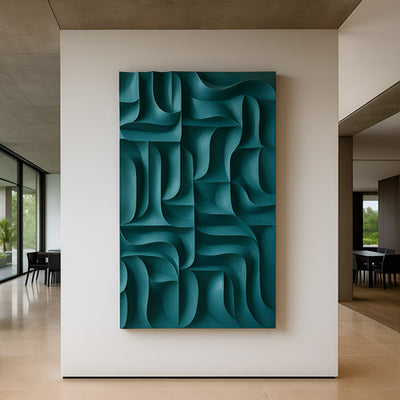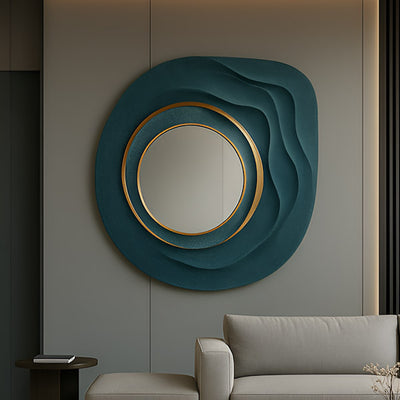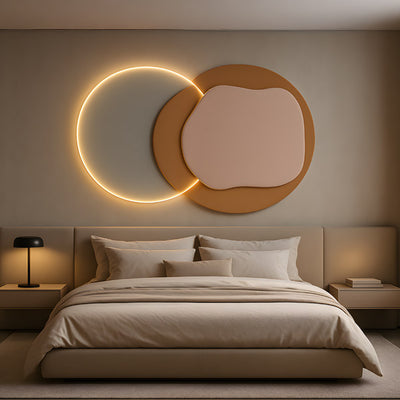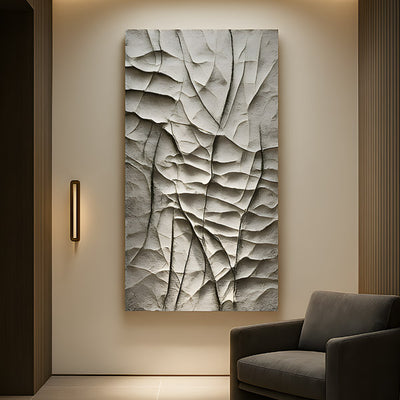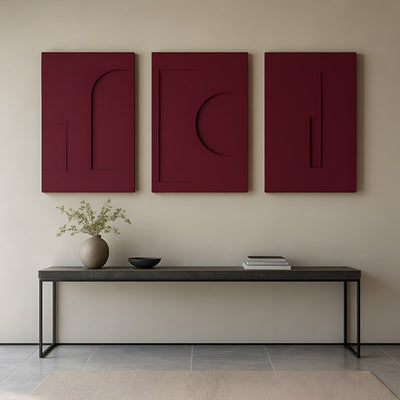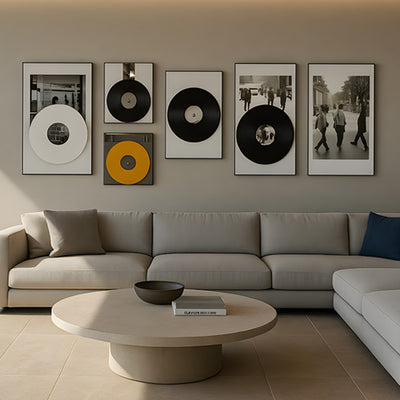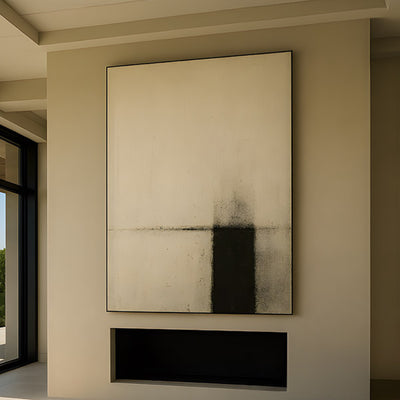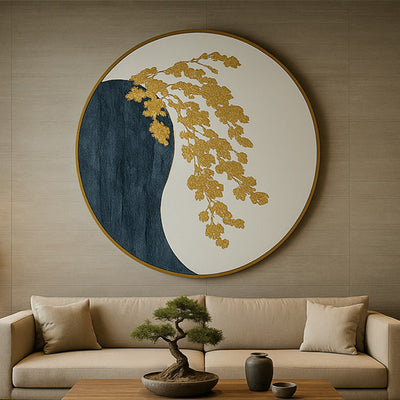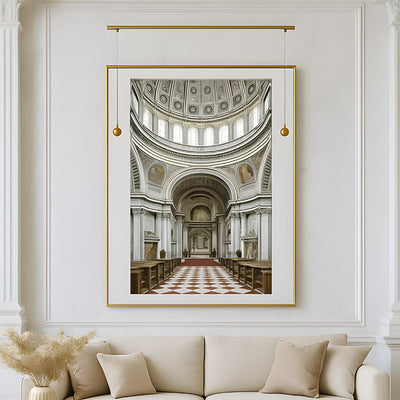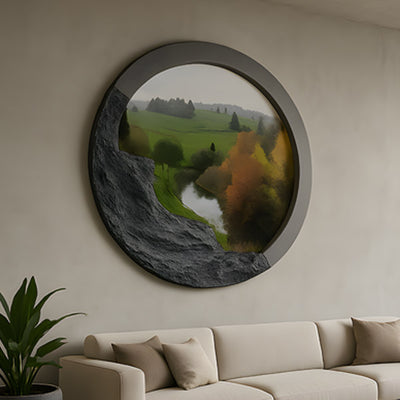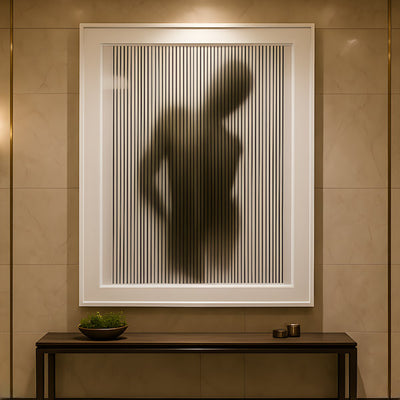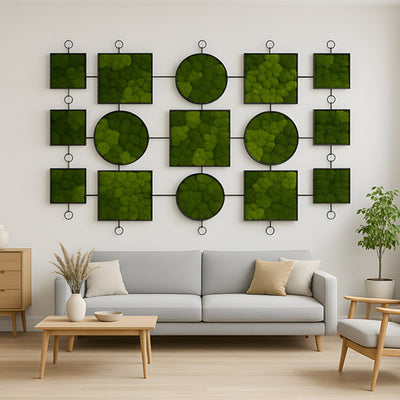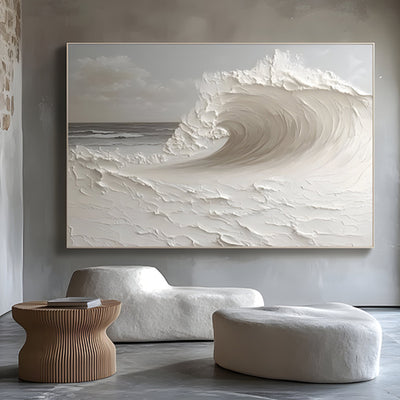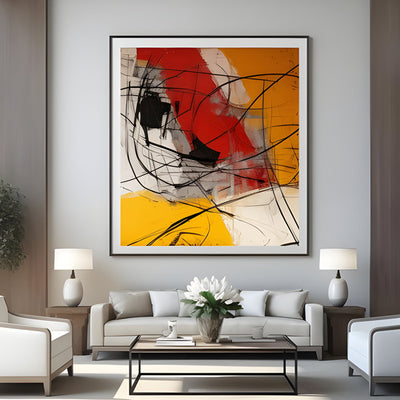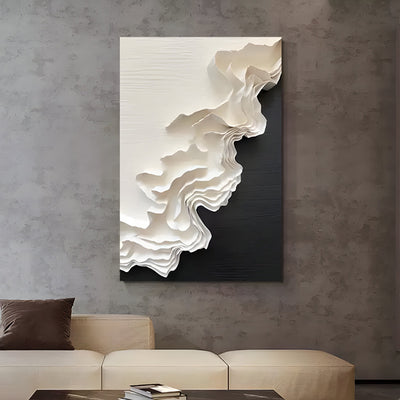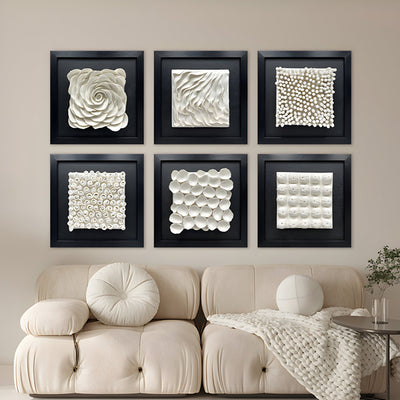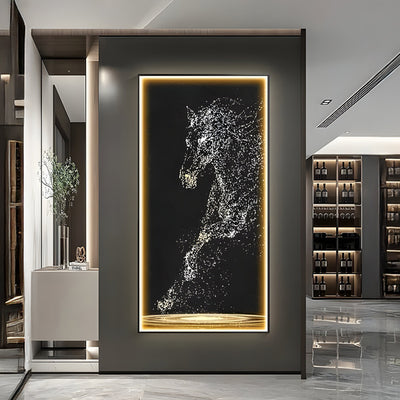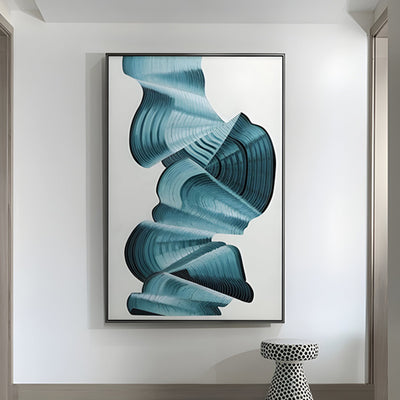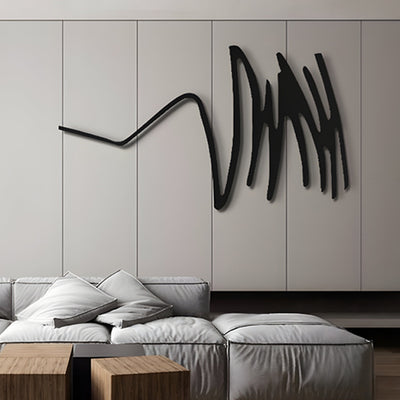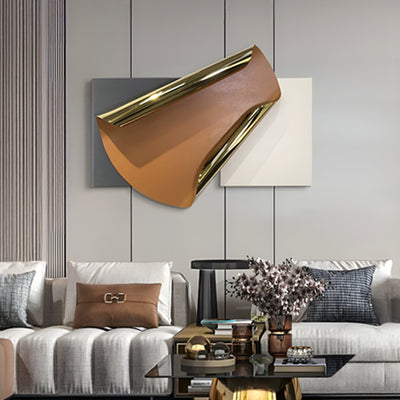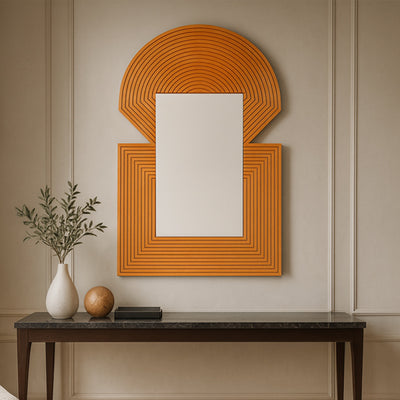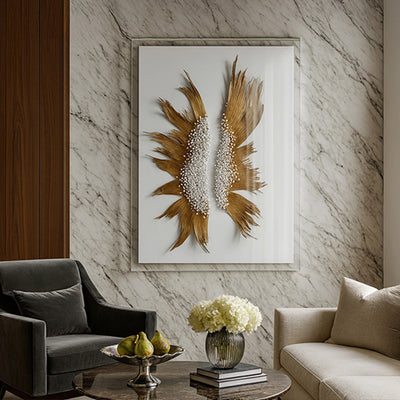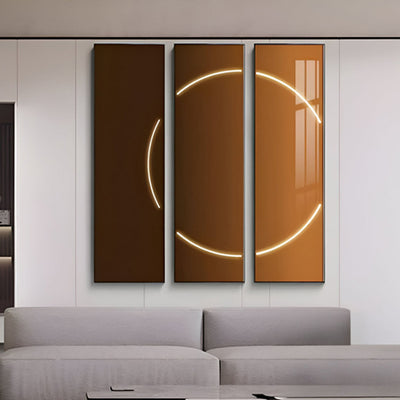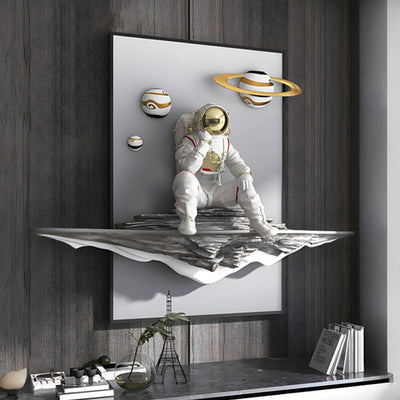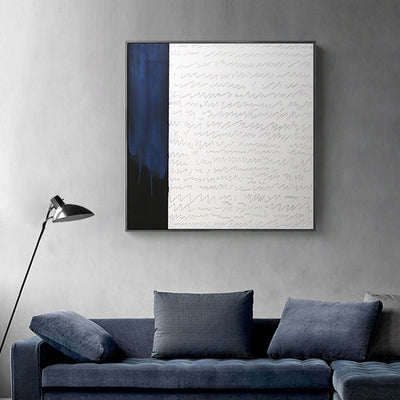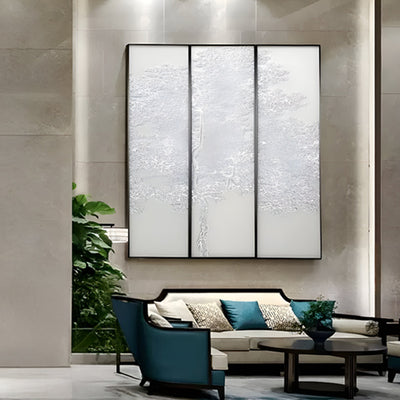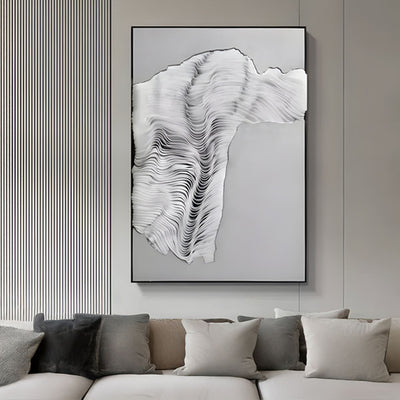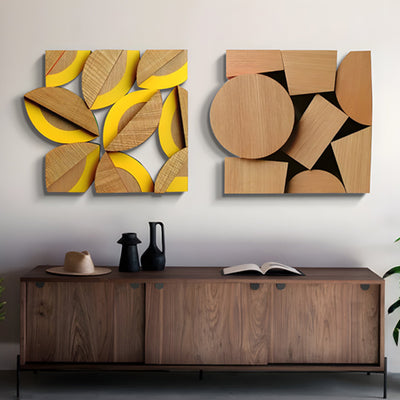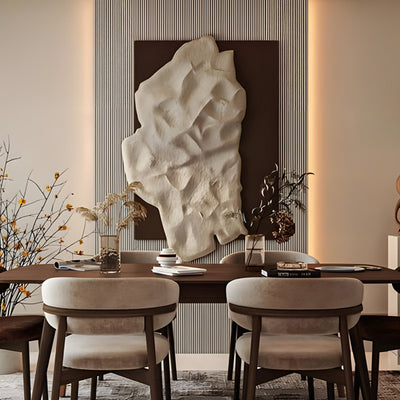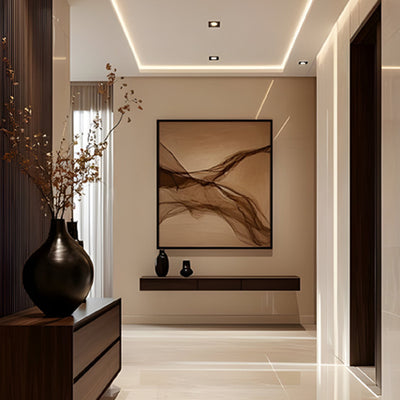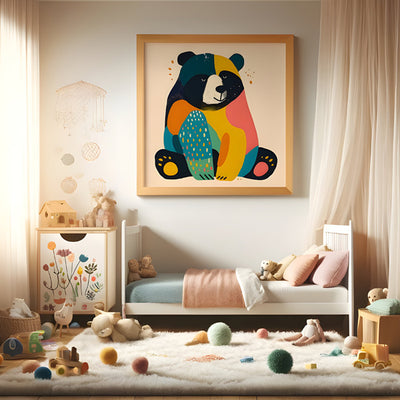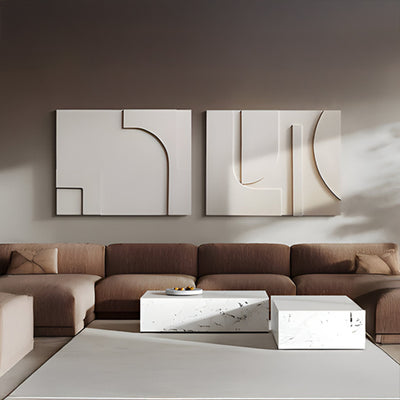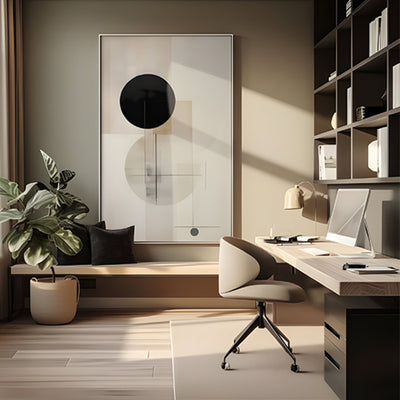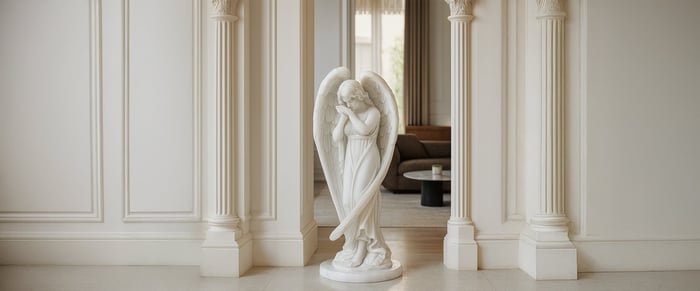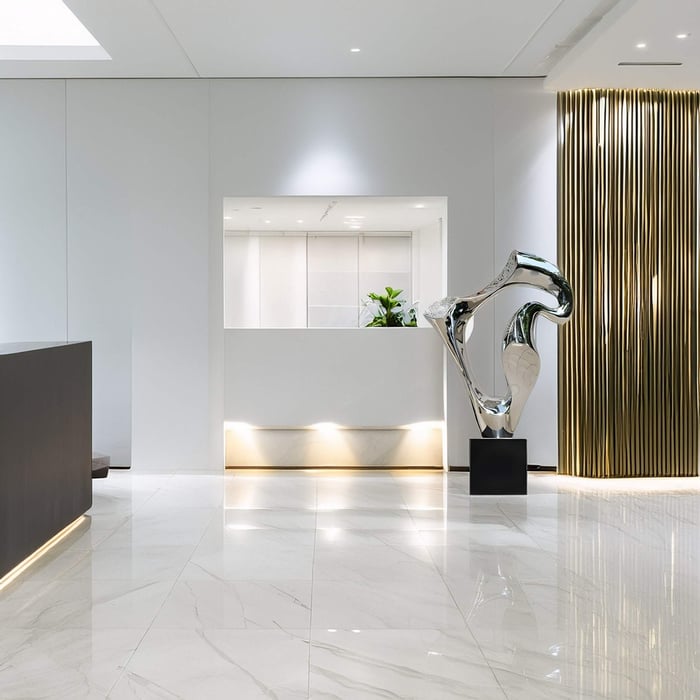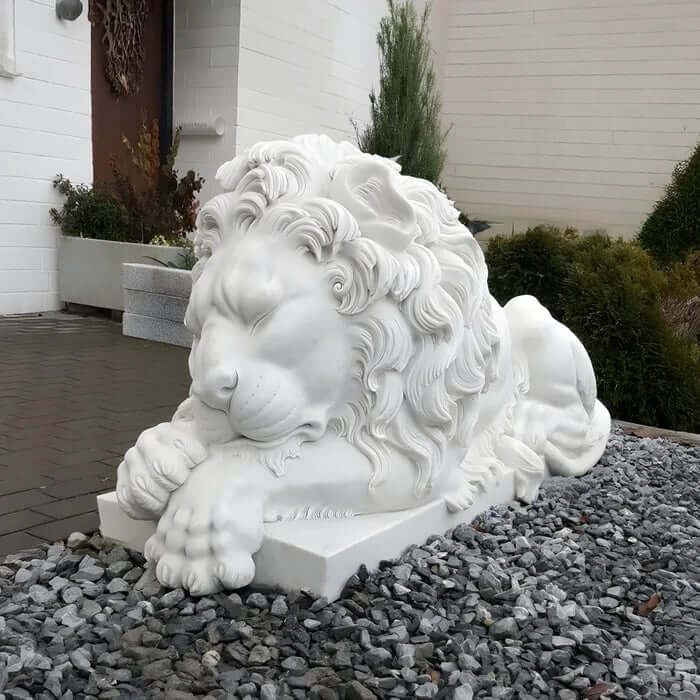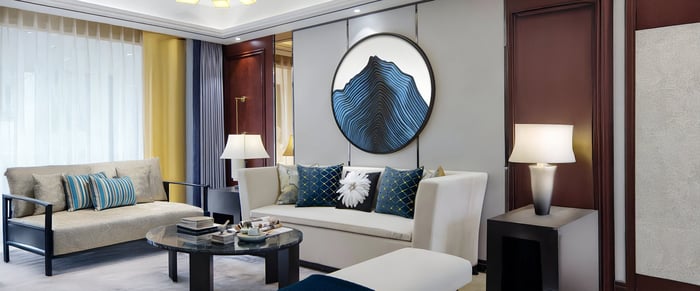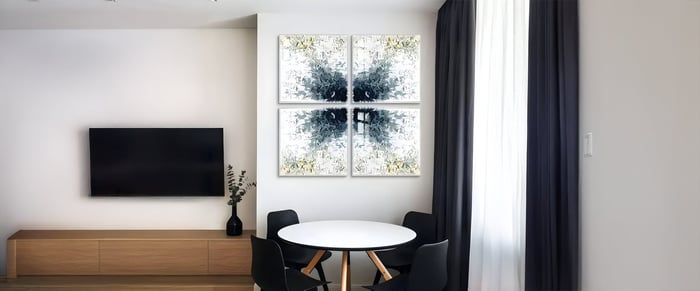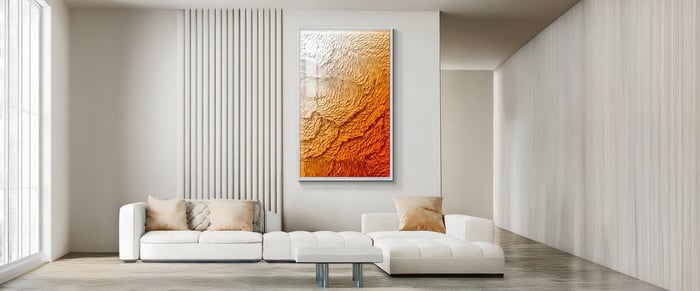Table of Contents
- Introduction - Setting the Stage
- Historical Foundations: What “Classic” Means
- Defining Contemporary Statues: The New Language of Form
- Visual & Stylistic Differences
- Materials & Technology: Then and Now
- Philosophy & Intent: What the Sculptures Aim to Say
- Mixing Them in Interiors: How to Blend Classic with Contemporary
- Conclusion - More Than Just Old vs New
- FAQs
Introduction - Setting the Stage
Picture two statues side by side. One, carved from marble, shows a perfectly balanced human form rooted in myth and timelessness. The other, cast in steel or resin, defies symmetry with bold abstraction. Which one pulls your gaze more, the familiar grace of the classic sculptures or the daring language of the new?
This comparison matters, especially in interiors or art collections, where choosing between classical and contemporary statues can change the entire mood of a room. Understanding the difference helps with investment decisions, style cohesion, and how to display works so that they resonate.
In this article, we’ll explore history, materials, and philosophy, look at visual differences, and offer tips on blending old and new. By the end, you’ll see that the divide isn’t simply past versus present, but two distinct approaches to how art speaks through form.
Historical Foundations: What “Classic” Means
The story of classic sculptures begins in ancient Greece and Rome. Artists of these eras pursued balance, proportion, and the ideal human form, creating works that embodied philosophy and myth. Marble statues of gods, bronze casts of heroes, and stone reliefs adorned temples and public spaces.
Later, the Renaissance revived these ideals, with artists like Michelangelo pushing the boundaries of anatomical precision. Neoclassicism in the 18th and 19th centuries carried the legacy forward, emphasising symmetry and noble themes, often tied to civic pride or moral lessons.
Defining Features of Classical Sculpture
Core values: harmony, proportion, idealised beauty.
Subjects: mythological figures, allegories, statesmen, religious icons.
Materials: marble and bronze were dominant, with meticulous hand-carving or casting.
Purpose: commemorative, educational, or spiritual, works that were meant to inspire awe and virtue.
Classic sculptures endure because they speak to universal human themes, encapsulated in flawless material execution.
Defining Contemporary Statues: The New Language of Form
Move forward to the 20th and 21st centuries, and sculpture takes a radical shift. Contemporary statues prioritise concept over imitation. Instead of repeating mythological narratives, they explore identity, environment, politics, and abstraction.
Characteristics of Contemporary Sculpture
Style: often abstract, fragmented, or experimental.
Materials: steel, resin, glass, recycled plastics, or even digital fabrication.
Themes: commentary on society, exploration of emotions, playful or provocative forms.
Purpose: not just commemoration but to make viewers pause, question, and engage.
Artists like Henry Moore or Anish Kapoor demonstrate how contemporary sculpture embraces scale and imagination. From stainless steel pieces that interact with landscapes to resin sculptures that push the boundaries of colour and form, the contemporary field thrives on surprise.
Visual & Stylistic Differences
At first glance, the contrasts are clear.
Realism vs Abstraction
Classic sculptures lean towards realism, with carefully proportioned anatomy.
Contemporary statues often abandon realism, opting for deconstructed or purely abstract shapes.
Detail & Finish
Marble sculptures feature smooth surfaces, polished finishes, and meticulous detail.
Contemporary pieces may highlight raw texture, exposed seams, or intentionally rough edges.
Composition & Movement
Classics often show stable, poised stances.
Modern sculptures introduce dynamic angles, asymmetry, or negative space as part of the design.
Scale
Classics tend to work within human scale, while contemporary artists push into monumental installations or deliberately tiny disruptive forms.
Surface & Patina
Traditional bronze develops a patina with age. Modern art uses bold colour, glossy resins, or even mirrored finishes to create new interactions with light.
Materials & Technology: Then and Now
Material choice says a lot about era and intent.
Classical Materials
Marble, limestone, bronze, and granite were the mainstays. These were durable but heavy, demanding mastery of carving or casting. Each block of marble was a test of patience and skill.
Contemporary Materials
Today, artists embrace resin, stainless steel, aluminium, glass, or even biodegradable materials. Technologies like CNC milling and 3D printing allow forms impossible with hand-carving alone.
Durability & Maintenance
Marble is timeless but vulnerable to acid rain and requires protection indoors or with sealing.
Resin is lighter and versatile, but sunlight can cause yellowing without UV coatings.
Steel sculptures are durable, especially with weatherproof finishes, making them popular outdoors.
Technology has widened the sculptural vocabulary, but it has also shifted expectations around weight, transport, and longevity.
Philosophy & Intent: What the Sculptures Aim to Say
Perhaps the biggest distinction lies in the message.
Classic Sculptures
Communicated ideals: beauty, heroism, morality, and the divine. They sought to inspire admiration and reinforce cultural values.
Contemporary Statues
Challenge norms and explore complexity. They ask questions about society, identity, and environment. A modern art sculpture may confuse at first glance, but that tension is deliberate.
Viewer Relationship
Classics: designed for reverence.
Contemporary: invite questioning, provoke emotions, or encourage dialogue.
Interestingly, overlap exists. Some contemporary works reinterpret neoclassical design, reworking traditional poses with modern materials or abstract distortions. This cross-reference keeps classical traditions alive in new contexts.
Mixing Them in Interiors: How to Blend Classic with Contemporary
You don’t have to choose between eras. Many interiors benefit from the dialogue of old and new.
Juxtaposition
Place a classical bust on a pedestal near a bold abstract resin piece. The contrast creates visual tension that sparks conversation.
Transitional Works
Opt for sculptures that straddle both worlds - modern figurative pieces or neoclassical reinterpretations that fuse traditional forms with contemporary finishes.
Scale & Material Balance
Keep proportion in mind. Pair a marble bust with a steel or resin work of similar scale so neither dominates unfairly.
Colour & Lighting
Use neutral palettes, warm spotlighting, or consistent bases to unify differences. For example, both a white marble statue and a polished resin figure can be tied together through shared lighting.
Zoning
Reserve classical sculptures for formal entryways or studies, while placing modern sculptures in living rooms or open-plan spaces where their energy resonates.
Blending creates interiors that feel layered, refined, and forward-looking without discarding tradition.
Conclusion - More Than Just Old vs New
The difference between classic sculptures and contemporary statues is more than just time. It’s a dialogue between harmony and experimentation, permanence and fluidity, reverence and provocation.
Choosing between them, or blending both, isn’t about right or wrong. It’s about what story you want your space to tell. Some rooms need the gravitas of marble; others thrive on the energy of steel or resin. Many interiors shine brightest when both converse across centuries.
Explore the full spectrum, from marble sculptures to cutting-edge resin and steel designs. Visit Giant Sculptures to discover works that bridge history and modernity.
FAQs
Can classic and contemporary sculptures be placed side by side?
Yes, if balanced by scale, colour, or lighting, they create dynamic interiors.
Which style holds value better - classic or contemporary?
Classics hold long-term value, but certain contemporary works appreciate rapidly depending on artist reputation.
Do contemporary statues require more maintenance?
Not necessarily. Resin and steel are often lower-maintenance than marble, but may need UV or finish protection.
How to know if a contemporary piece is “good” art, not gimmick?
Look for coherence: strong concept, quality execution, and whether it resonates with you personally.

